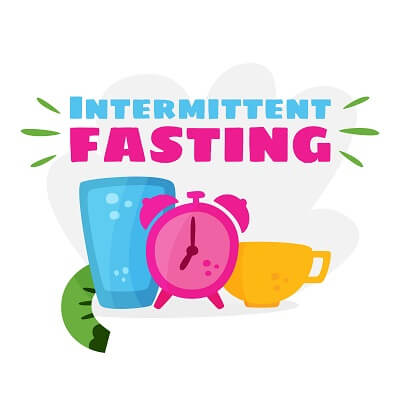Eating disorders are often misunderstood, both in their exact nature, and what constitutes one. To begin, eating disorders are serious mental disorders. They are not fads, lifestyle choices, or proper weight loss regiments. Eating disorders are now officially classified as mental disorders by the Diagnostic and Statistical manual of Mental disorders (DSM). Millions of people around the world are affected by a type of eating disorder every year. This article will explore the most common eating disorders and their symptoms.
Anorexia Nervosa
Most people are somewhat familiar with anorexia nervosa as it is one of the most common eating disorders or at least one of the few that has garnered the most attention. It typically develops during adolescence or early adulthood and is more likely to impact women than men. The defining feature of anorexia is that sufferers view themselves as overweight (regardless of their actual weight) and work to reduce their weight by avoiding eating.
Bulimia Nervosa
Bulimia is probably the most well-known eating disorder after anorexia. It follows the same developmental pattern as anorexia, but has a different response to the same triggers. Instead of avoiding food, bulimics typically purge the food they’ve consumed when they feel they have over eaten. This leads to a vicious cycle of overeating and purging.
Binge Eating Disorder
This is one of the most common eating disorders worldwide. It is relatively new as far as eating disorders go. This disorder is typically triggered by shame and stress one experiences in their daily life. Unlike the previous two, it is not necessarily caused by a feeling of being overweight. Rather it is normally a response to outside factors.








